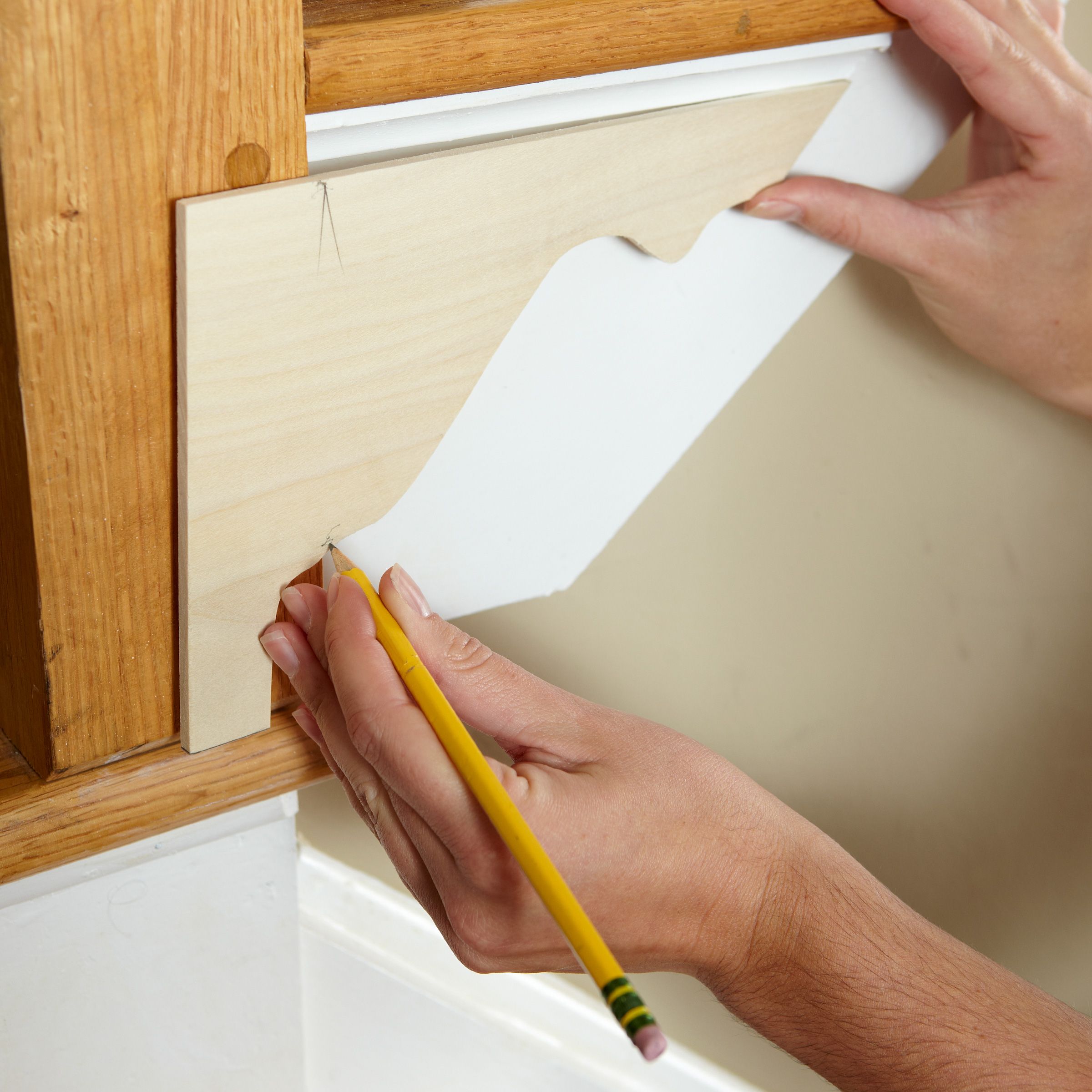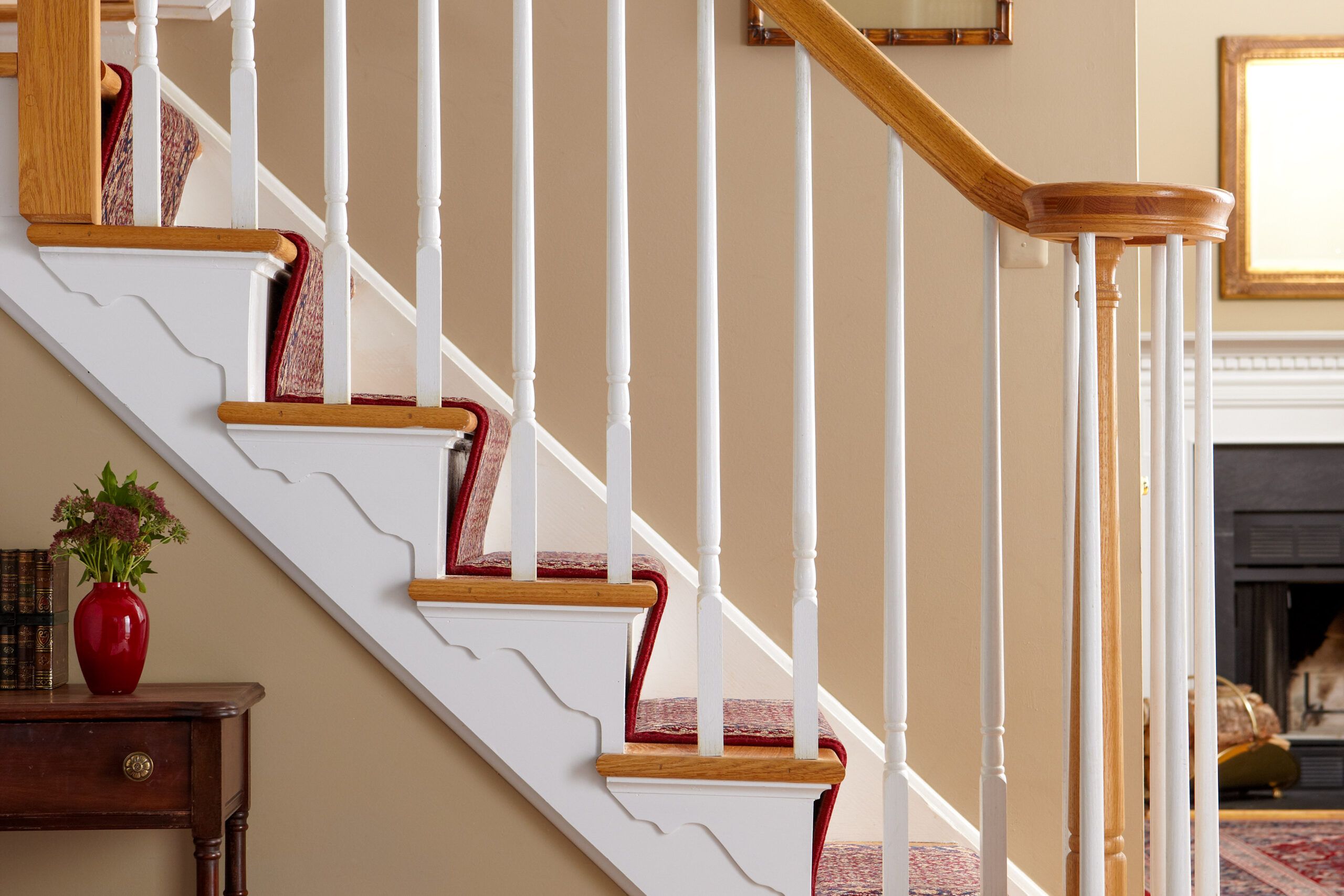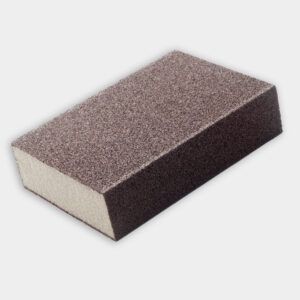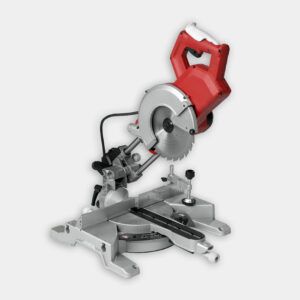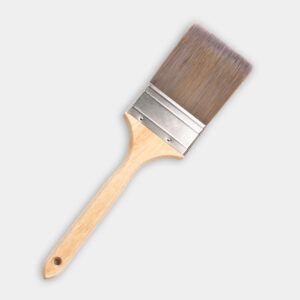Project details
Skill
Cost
Estimated Time
Transform your bland staircase into an elegant focal point with decorative stair brackets. This simple DIY project can breathe new life into your home’s interior, adding visual interest and charm to an often-overlooked area. With the right tools, materials, and a bit of patience, you can easily install shapely stair brackets in your home.
Understanding Stair Brackets and Their Benefits
Stair brackets are decorative elements installed on the exposed side of a staircase, typically where the treads and risers meet the stringer. These ornamental pieces add structural support while enhancing the overall look of your stairs.
Installing stair brackets offers several benefits, including the following:
- Cost-effective upgrade: Compared to a full staircase renovation, adding brackets is an affordable improvement.
- Customization: Various styles and materials allow for personalized design choices.
- Increased home value: Attractive staircases can boost your property’s appeal to potential buyers.
- Visual appeal: Brackets add character and elegance to plain staircases.
Tools and Materials Needed for Installation
Before beginning your project, gather all necessary tools and materials to ensure a smooth installation process. Here is what you’ll need:
- Adhesive caulk: To ensure the brackets stay securely attached
- Brad nails: For additional support
- Caulk gun: To apply adhesive caulk smoothly
- Decorative wood stair brackets: To reflect your style
- Measuring tape: For accurate measurements
- Miter saw: For precise cuts on your brackets
- Nail gun or hammer: To secure the brackets in place
- Paint: To match your current staircase color scheme
- Paintbrush: For finishing touches
- Pencil: For marking cut lines and placement
- Primer: To prepare the brackets for painting
- Sanding sponge: To prepare surfaces for better adhesion
- Wood filler: To fill in any gaps or nail holes
Choosing the Right Stair Brackets for Your Home
Now, it’s time to pick stair brackets that align with your desired look and staircase design.
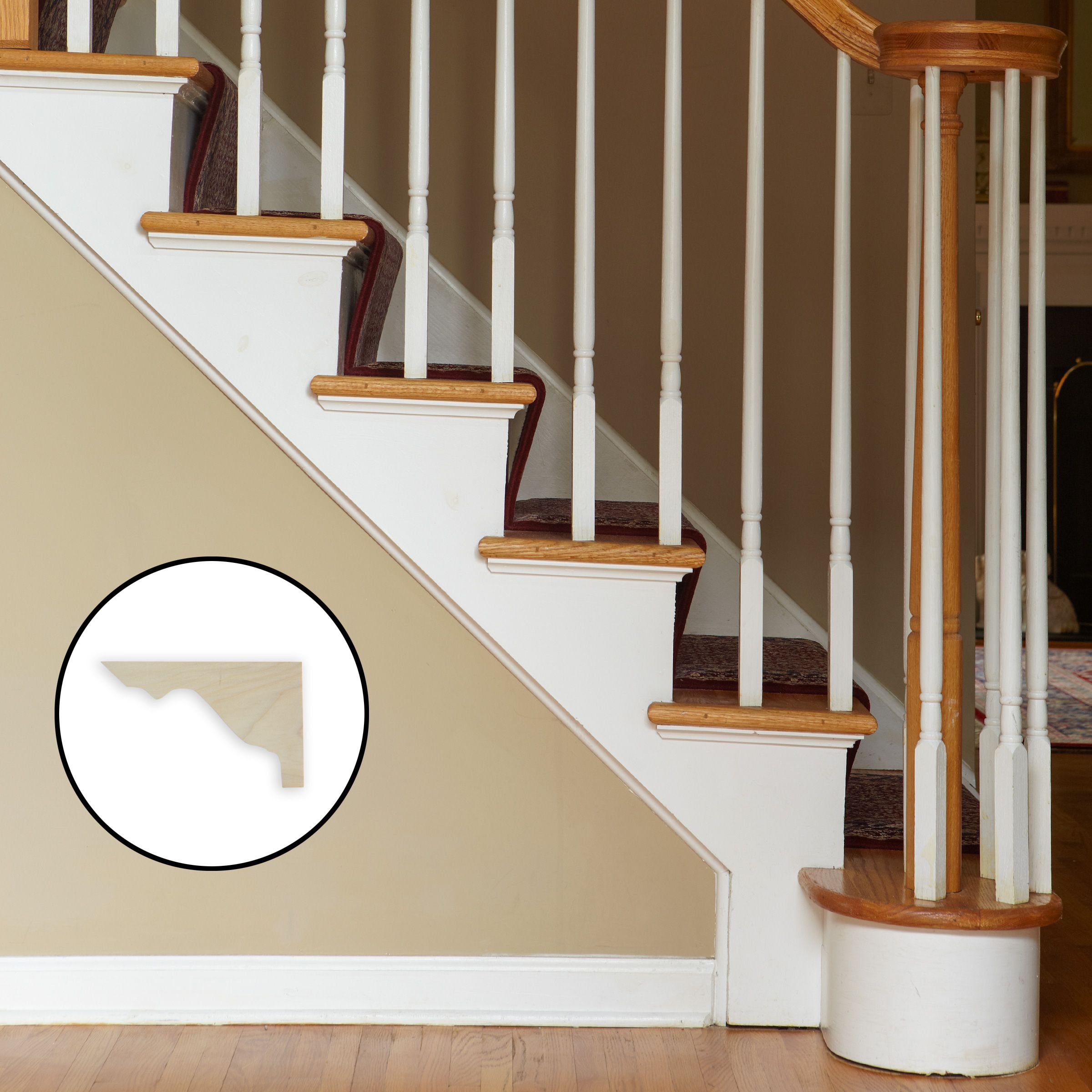
Types of Stair Brackets
The main types of stair brackets are the following:
- Metal brackets: These often look modern or industrial and come in different finishes.
- Polyurethane brackets: Lightweight and resistant to moisture and insects, these are ideal for high-traffic areas.
- Wood brackets: Available in various wood types and designs, these can be painted or stained to match your decor.
Considerations for Selection
When choosing stair brackets, consider the following factors:
- Budget: Prices can vary widely, so determine your budget before shopping.
- Size: Ensure the brackets fit properly on your staircase without interfering with foot traffic.
- Style: Select brackets that complement your home’s architectural style and existing decor.
- Material: Choose a material that suits your climate and maintenance preferences.
Preparing for Installation
Proper preparation is key to a successful stair bracket installation.
Measuring Your Staircase
Accurately measure the length of the scotia molding and the height of each riser. These measurements will help you determine the size and placement of your brackets.
Prepping the Stringer Surface
To ensure proper bracket adhesion, clean the stringer surface thoroughly and rough up the painted surface with a medium-grit sanding sponge. Wipe away any dust or debris before proceeding with the installation.
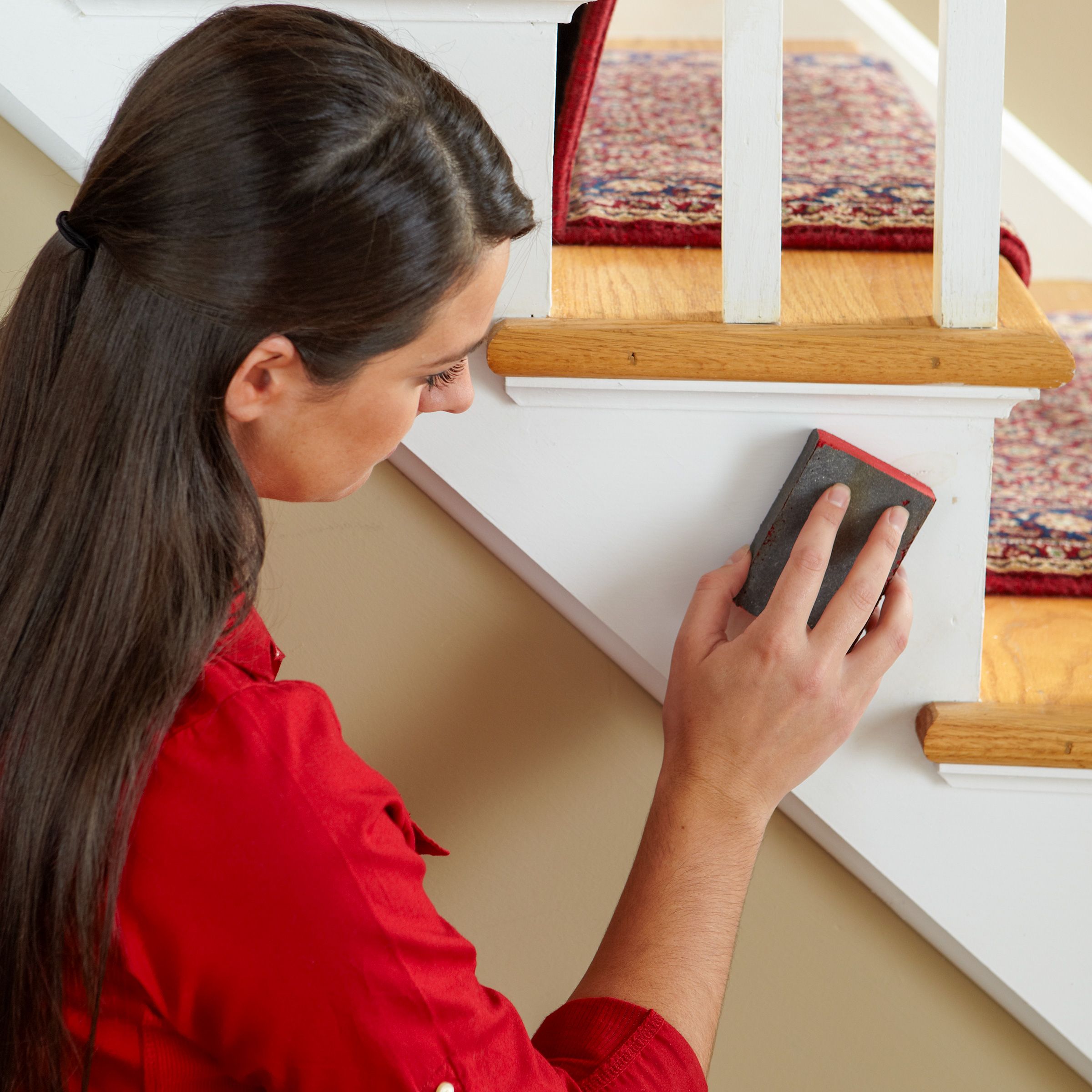
Step-by-Step Installation Process
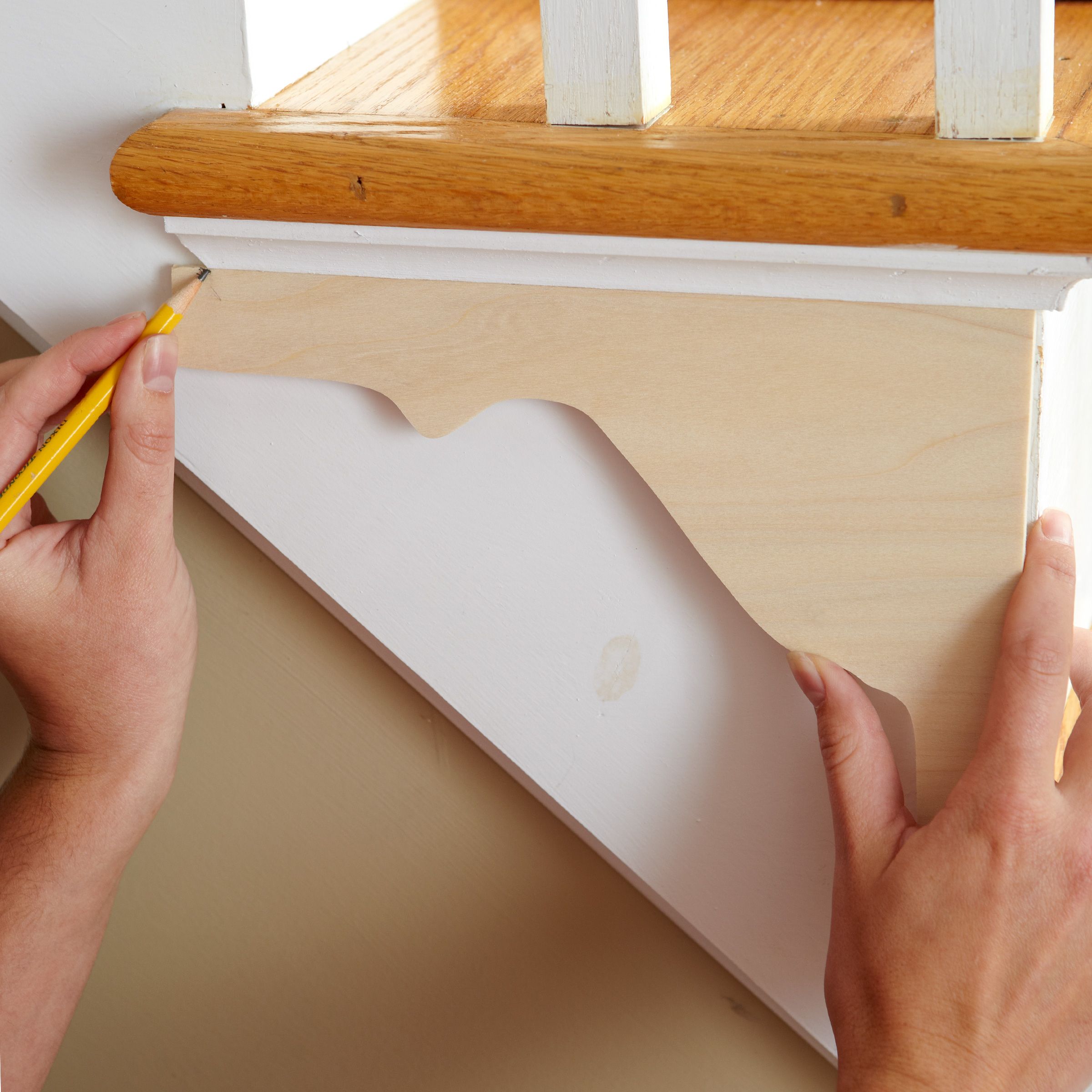
Follow these steps to install your stair brackets.
Marking and Trimming Brackets
- Position each bracket on the stringer and mark the length of the scotia and the height of the riser.
- Number the backside of the brackets for easy reference.
- Using a miter saw, trim the brackets according to your marks.
- For a seamless look, cut the top horizontal leg at a 45-degree angle to match the scotia molding.
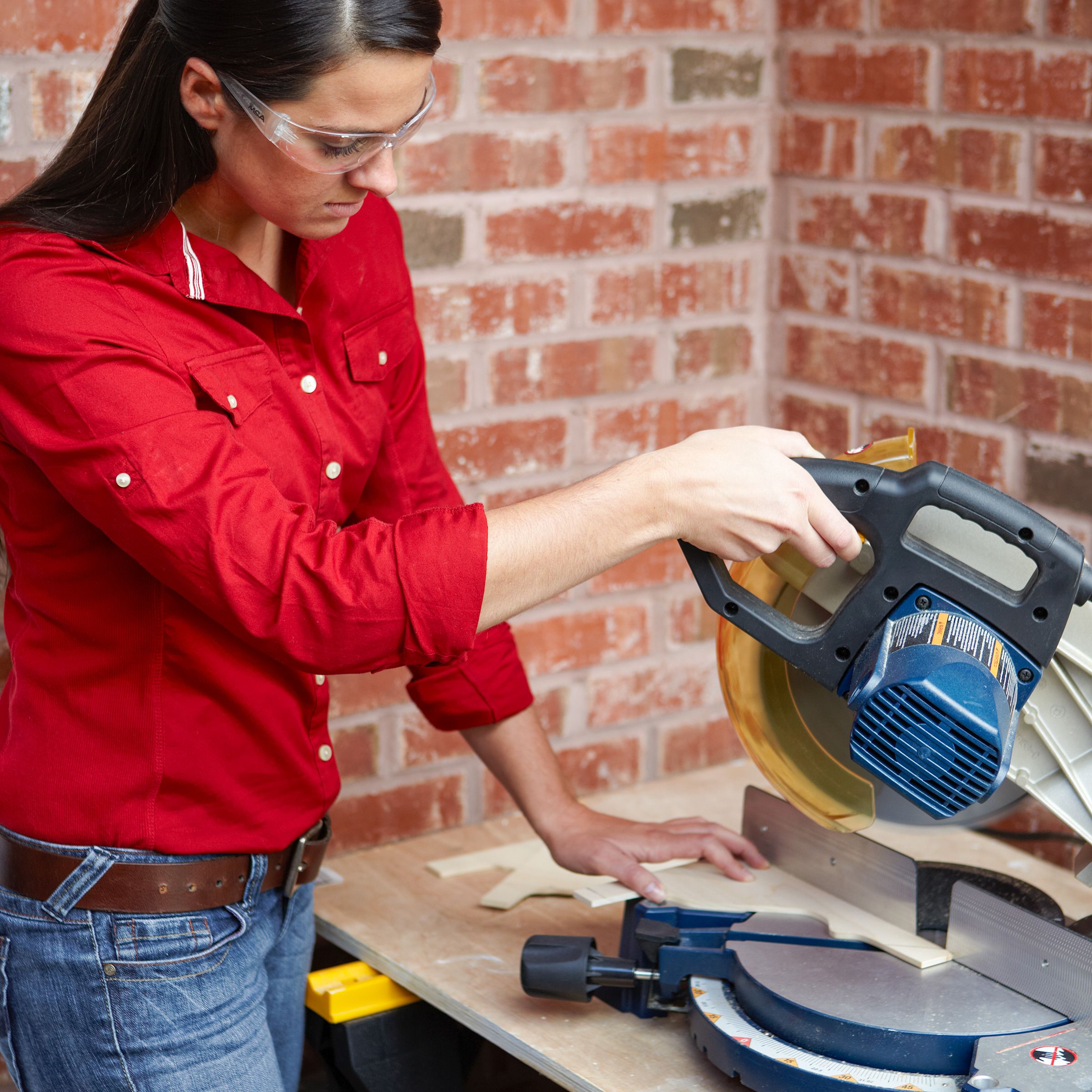
Applying Adhesive and Securing Brackets
- Apply adhesive caulk to the back of the first bracket.
- Press the bracket firmly into place on the stringer.
- Wipe away any excess adhesive with a clean rag.
- Secure the bracket using brad nails at the top, bottom, and along the decorative edge.
- Repeat this process for each remaining bracket.

Filling Gaps and Nail Holes
- Use adhesive caulk to fill gaps between the bracket and the stair tread.
- Fill nail holes with wood filler.
- Allow the filler to dry completely before moving on to the finishing steps.
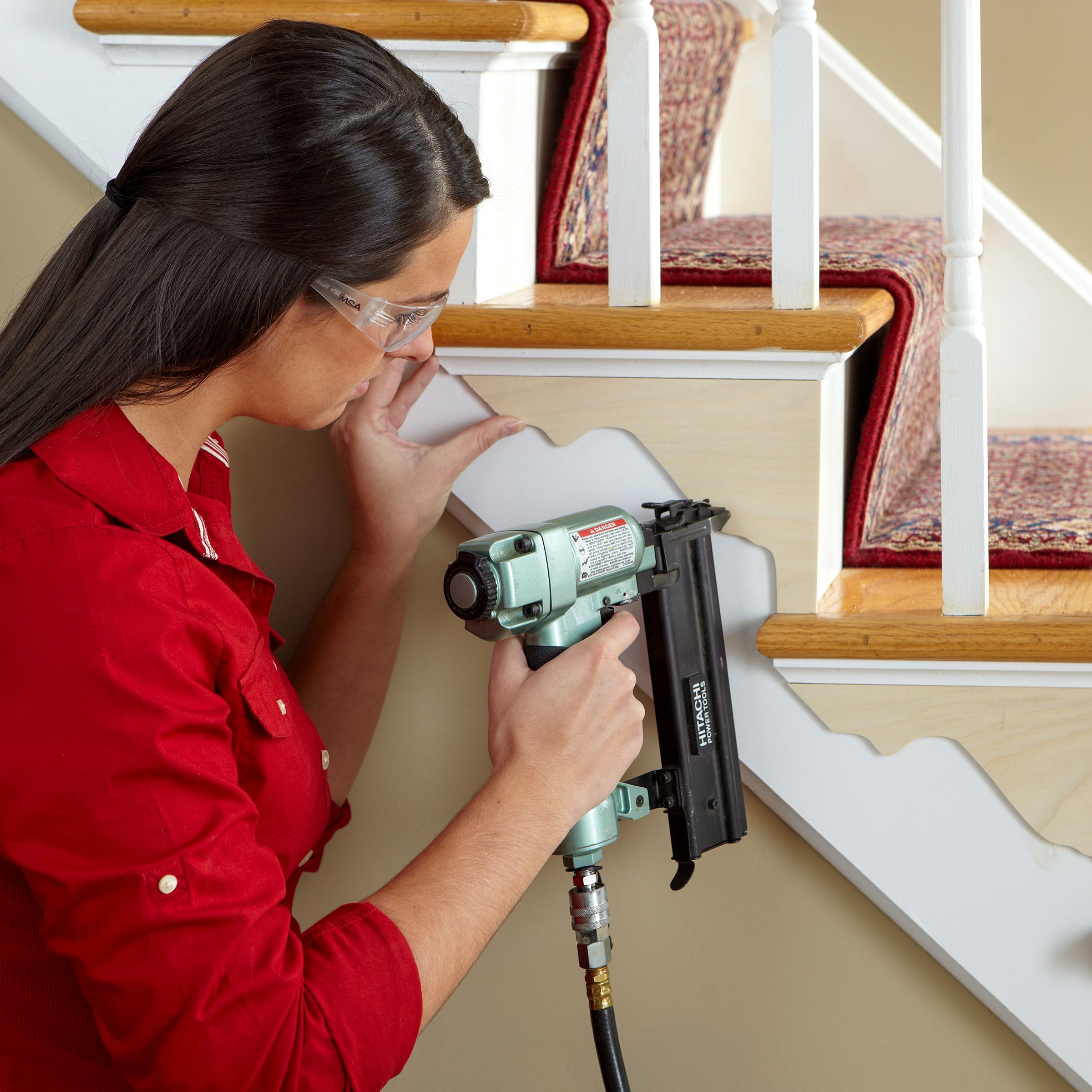
Finishing Touches
Proper finishing will give your newly installed stair brackets a polished, professional look.
Sanding and Smoothing
Once the filler is dry, use a fine-grit sanding sponge to smooth out any rough edges or excess filler. Wipe away dust with a clean, damp cloth.
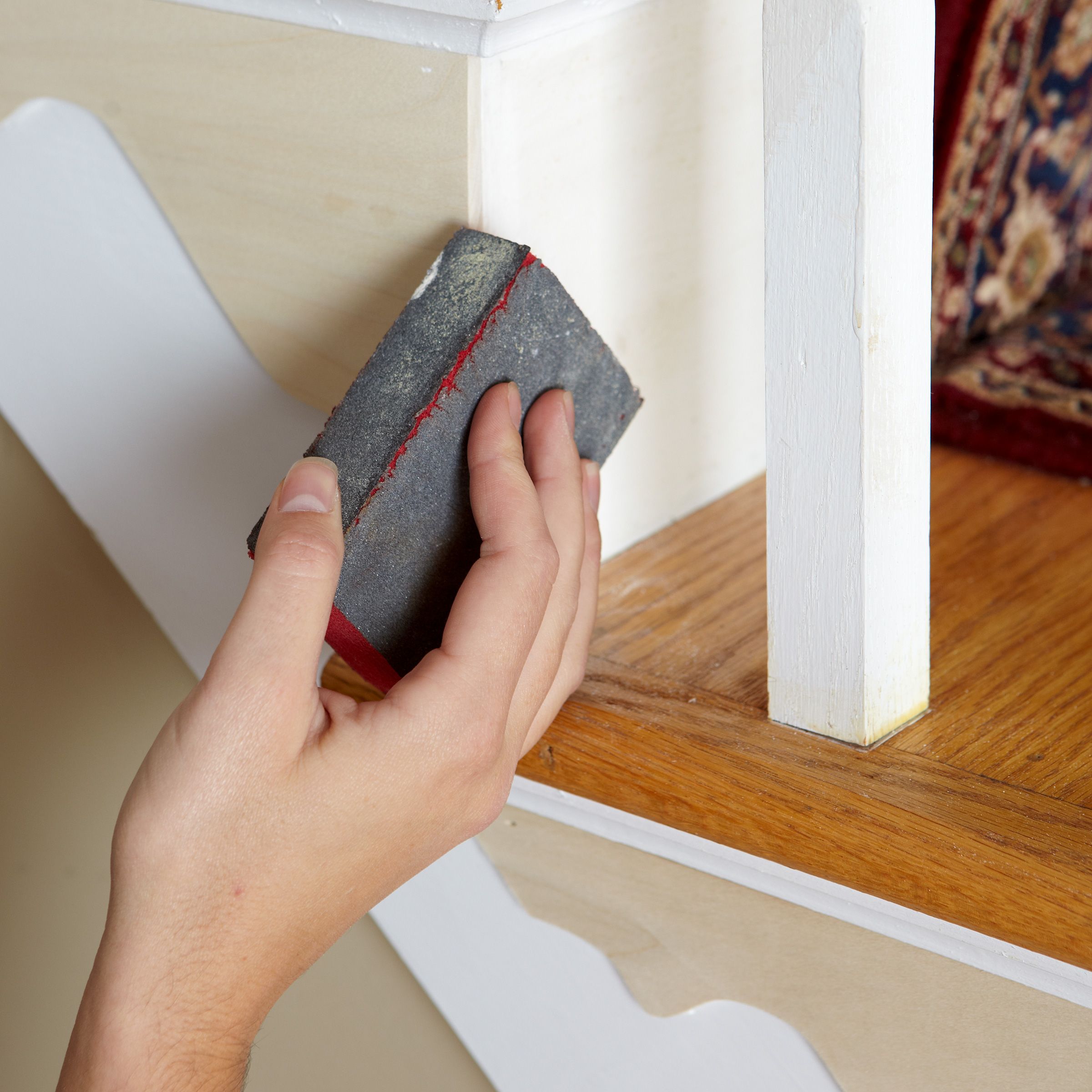
Priming and Painting
- Apply a coat of primer to the brackets and allow it to dry completely.
- Paint the brackets to match your staircase or create a contrasting look.
- Apply multiple thin coats for the best coverage and finish.
- Touch up the stringer if needed to ensure a cohesive appearance.
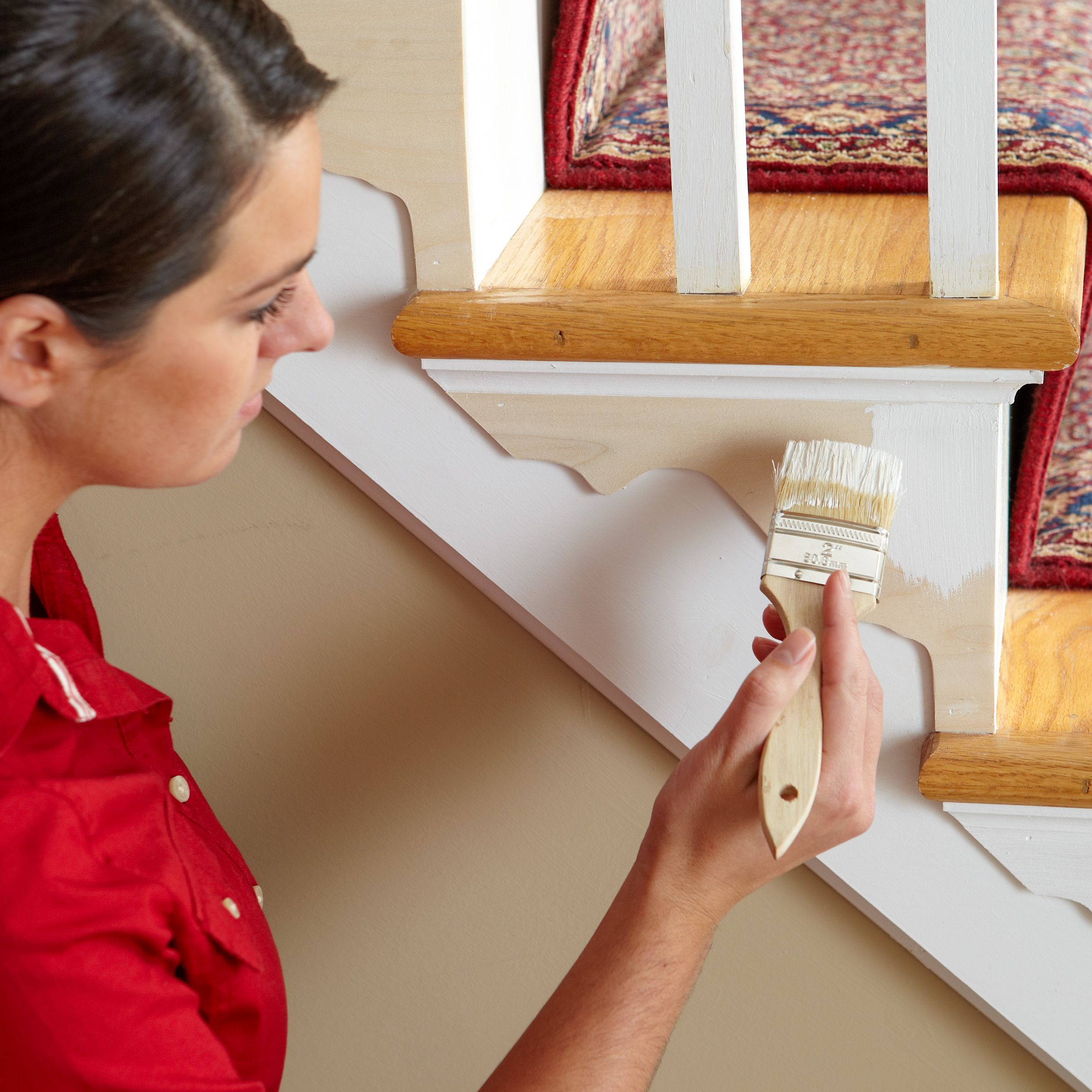
Troubleshooting Common Installation Issues
Even with careful planning, you may encounter some challenges during installation. Here’s how to address common issues:
Dealing with Uneven Surfaces
If your stringer surface is uneven, use wood shims to level the bracket before securing it. Apply extra adhesive to fill any gaps between the bracket and stringer.
Adjusting Brackets for Newel Posts
When a bracket needs to be shortened to fit around a newel post, align the angled end of the bracket with the scotia molding. Trim the opposite side to maintain a uniform profile and sand the cut edge smoothly before installation.
Enhancing Safety with Anti-Slip Features
While this guide focuses on enhancing the look of your staircase, it’s also important to consider safety—especially if you have children or elderly individuals in your home. Adding anti-slip features can provide extra protection without compromising the visual appeal.
Applying Anti-Slip Treads
Anti-slip treads are a practical addition to any staircase. They come in various materials, including rubber and fabric, and can be easily installed by following these steps:
- Clean each stair tread to remove any dirt or residue.
- Cut the anti-slip tread to fit the width of each step.
- Peel off the backing and press the tread firmly onto the stair tread.
- Smooth out any bubbles or wrinkles to ensure a secure fit.
Using Anti-Slip Coatings
For a more permanent solution, consider applying an anti-slip coating to your wooden stairs. These coatings are available in clear finishes and can be applied like regular paint. Here’s how to apply them:
- Lightly sand the stair treads to ensure good adhesion.
- Apply the anti-slip coating using a paintbrush or roller.
- Allow the coating to dry completely before allowing foot traffic.
Alternative Methods for Stair Beautification
While stair brackets offer a classic look, there are other ways to enhance your staircase’s appearance and functionality.
Installing Stair Strips
Stair strips can add both safety and style to your stairs. These adhesive strips provide traction and come in various colors and materials to complement your decor. To install them, clean the stair treads thoroughly. Measure and cut strips to fit each tread, then peel off the backing and apply the strips, pressing firmly to ensure adhesion.
Adding Grip to Wood Stairs
For a more subtle safety upgrade, consider adding grip to wood stairs. Sand the stair treads lightly and apply a clear, anti-slip coating designed for wood surfaces. Allow the coating to dry completely before use.
For a more comprehensive staircase makeover, you might consider installing a low-cost stair runner or exploring other ways to make a bland staircase grand.
Maintaining Your New Stair Brackets
Here are a few ways you can keep your stair brackets looking their best:
- Dust regularly with a soft cloth or duster.
- Clean with a damp cloth and mild soap as needed.
- Touch up paint or finish as necessary to maintain appearance.
- Inspect brackets periodically for any loose nails or adhesive failure.
Creative Ways to Personalize Your Stair Brackets
Adding stair brackets is just the beginning. You can further personalize your staircase by incorporating unique design elements.
Adding Decorative Elements
Small decorative elements, such as medallions or corner pieces, on your stair brackets can be painted in contrasting colors to make them stand out.
Using Stencils and Patterns
Use stencils to paint patterns or designs on your stair brackets for a custom look. This can add a touch of elegance or a modern twist, depending on the stencil design.
Mixing Materials
Don’t be afraid to mix different materials for a unique look. For example, combine wood brackets with metal accents for a rustic yet contemporary vibe.
Our Conclusion
Adding shapely stair brackets is an affordable and relatively simple way to enhance the beauty of your staircase. With careful planning, proper tools, and attention to detail, this DIY project can transform a mundane stairway into an eye-catching feature of your home. While this project is achievable for many homeowners, you should work carefully and safely. If you’re unsure about any step in the process, consult a professional. The result will be a stunning staircase that adds character and value to your home.
